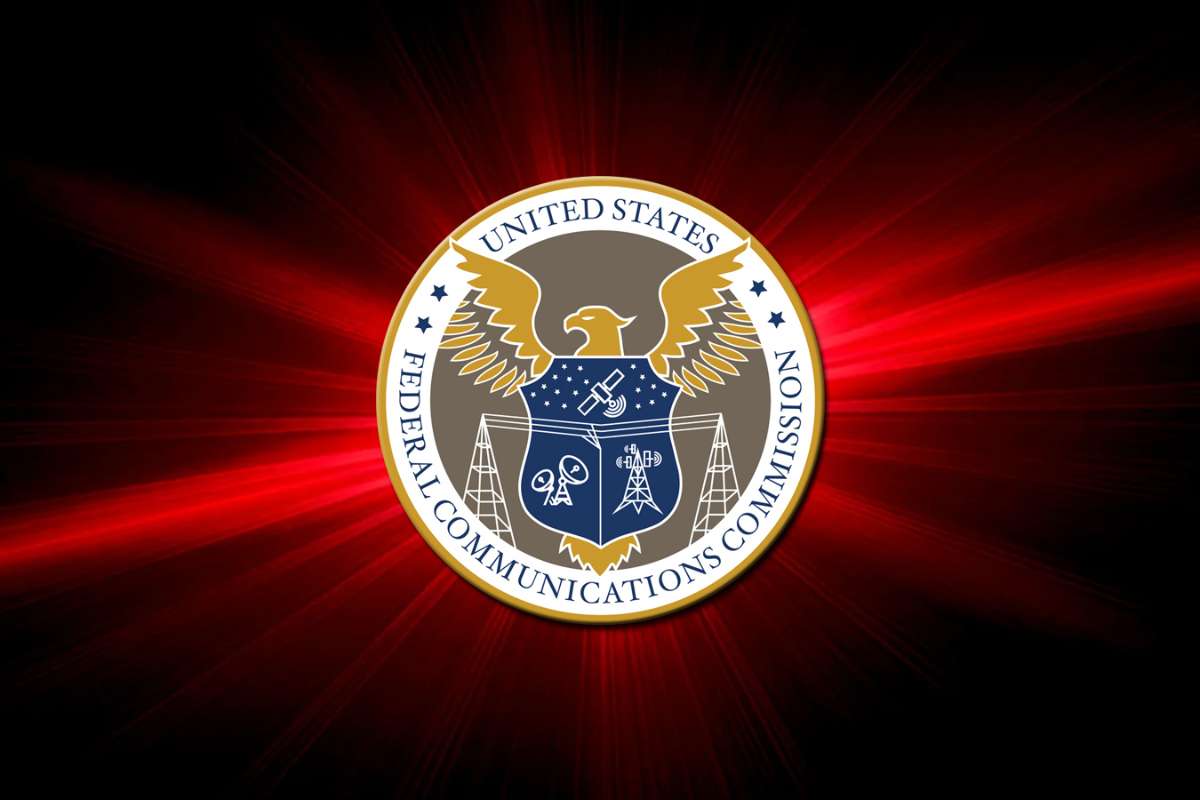Global Cybersecurity Threat Exploitation of Palo Alto Networks Vulnerabilities
Over 2,000 Palo Alto Networks devices have been compromised in a major cyberattack campaign leveraging recently disclosed security flaws. The vulnerabilities tracked as CVE-2024-0012 (CVSS score: 9.3) and CVE-2024-9474 (CVSS score: 6.9), combine authentication bypass and privilege escalation, enabling attackers to manipulate device configurations and execute malicious code. Dubbed “Operation Lunar Peek” by Palo Alto Networks, the exploitation involves deploying malware, including PHP-based web shells, to affected firewalls.
Data from the Shadowserver Foundation highlights the global scope of the campaign, with most infections reported in the U.S. (554) and India (461). Other countries significantly impacted include Thailand (80), Mexico (48), Indonesia (43), and South Africa (35). Separately, Censys revealed that over 13,000 next-generation firewalls (NGFW) management interfaces are publicly exposed, although not all are necessarily vulnerable. Despite these figures, Palo Alto Networks clarified that fewer than 0.5% of its firewalls have internet-exposed interfaces, thanks to widespread adoption of best practices among its customers.
Escalating Global Cybersecurity Threat and Recommended Mitigation Steps
The network security vendor warns that the situation may worsen as cybercriminals increasingly exploit these vulnerabilities. Following the disclosure of a proof-of-concept (PoC) exploit on November 19, 2024, attempts to exploit the flaws have surged. Threat actors are using the vulnerabilities to drop web shells, Sliver implants, and cryptocurrency mining malware, according to cloud security firm Wiz. Palo Alto Networks assesses with “moderate to high confidence” that publicly available exploit methods could drive broader attacks.
The company urges customers to apply the latest patches and limit access to management interfaces to mitigate risks. Best practices include restricting access to trusted internal IP addresses and avoiding direct exposure to the internet. Manual and automated scans targeting vulnerable devices have already been detected, underscoring the need for immediate action.
Industry-Wide Response to Growing Global Cybersecurity Threat
As the attacks unfold, collaboration between cybersecurity organizations has become critical. Palo Alto Networks continues to assist affected customers and emphasizes that many of its clients already adhere to industry guidelines. However, the rapid spread of exploits highlights the importance of proactive security measures. Wiz’s findings suggest increased malicious activity, with attackers capitalizing on the vulnerabilities to deploy advanced payloads such as Sliver implants.
The campaign underscores the evolving nature of Global Cybersecurity Threat, particularly as attackers exploit newly identified flaws at scale. While Palo Alto Networks and other organizations work to address the immediate risks, the incident serves as a stark reminder for businesses and governments to remain vigilant, adopt stringent security measures, and ensure rapid response capabilities in the face of emerging vulnerabilities.






